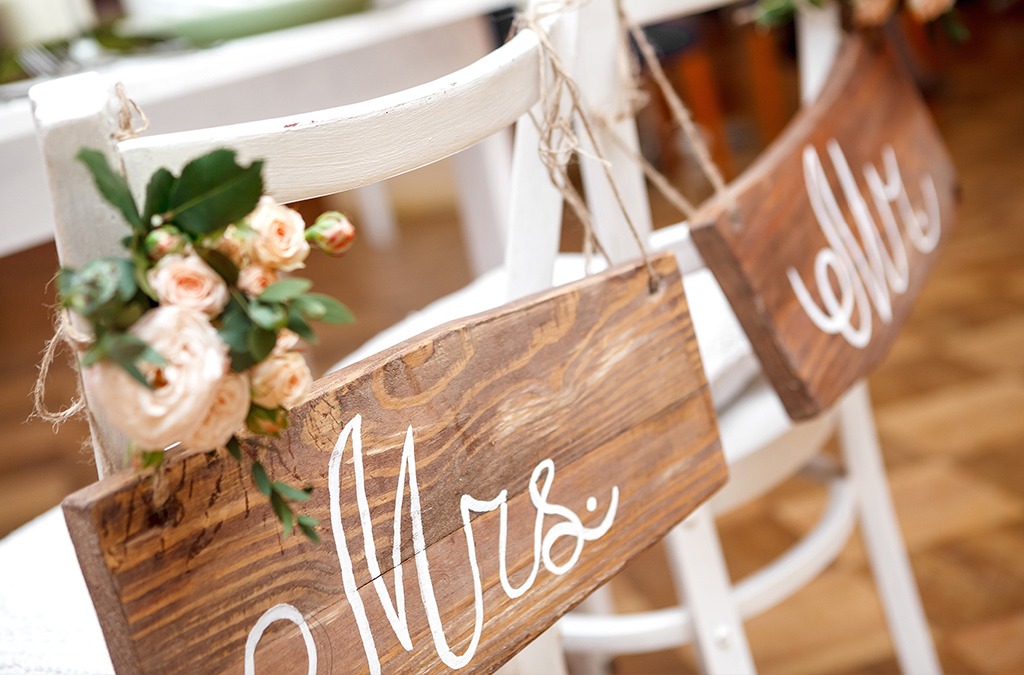Seating Guests at Lansdale Wedding Venues
Posted on June 14, 2017

When it comes to seating guests at Lansdale wedding venues, the task can seem overwhelming. What if Aunt Jane gets put with one of your college roommates and have nothing to talk about? But, arranging your wonderful wedding guests doesn’t have to be stressful. With a few quick tricks, you’ll have everyone seated and happy in no time!
Spreadsheet Saviors
Organizing your guests into a spreadsheet by category is a great way to start the seating chart process. Make a column that notes the guest’s relationship to you or your partner and when it comes time to take pen to paper – you’ll be able to easily organize by group!
Paper Places
Though it might seem antiquated, putting your seating chart down on paper can be super helpful. Print the layout of your Lansdale wedding venue and make sure you have the exact number of tables and seats you’ll have available on it. Using the spreadsheet, take pen to paper and write down where everyone will go. If you end up with a table for “random” guests, don’t stress too much about it – they’ll have fun and get to know each other!
Head Table
Decide on whether you want a traditional head table with your entire wedding party, or a sweetheart table with just you and your spouse. Either way is great! Traditionally at the head table, the bride and groom are seated with their respective maid of honor and best man by their sides – then the rest of the bridal party follows. Whether you want them to be seated boy-girl or all girls on the bride’s side with all boys on the groom’s side is up to you. If there are people in your wedding party in relationships, consider that! They’d like to sit next to each other and enjoy your wonderful reception.
Single Mingle
Remember that random guests table? Why not sit some singles together and try to play matchmaker? If you have a few single guests who won’t be accompanied by dates, there’s no reason you can seat them together and see what happens. Besides, what a great start to a new love story!
Working with Lansdale wedding venues on seating charts is key. Talk to your venue about how they’ll lay out the room and what space you have to work with. Then, have fun with it!

